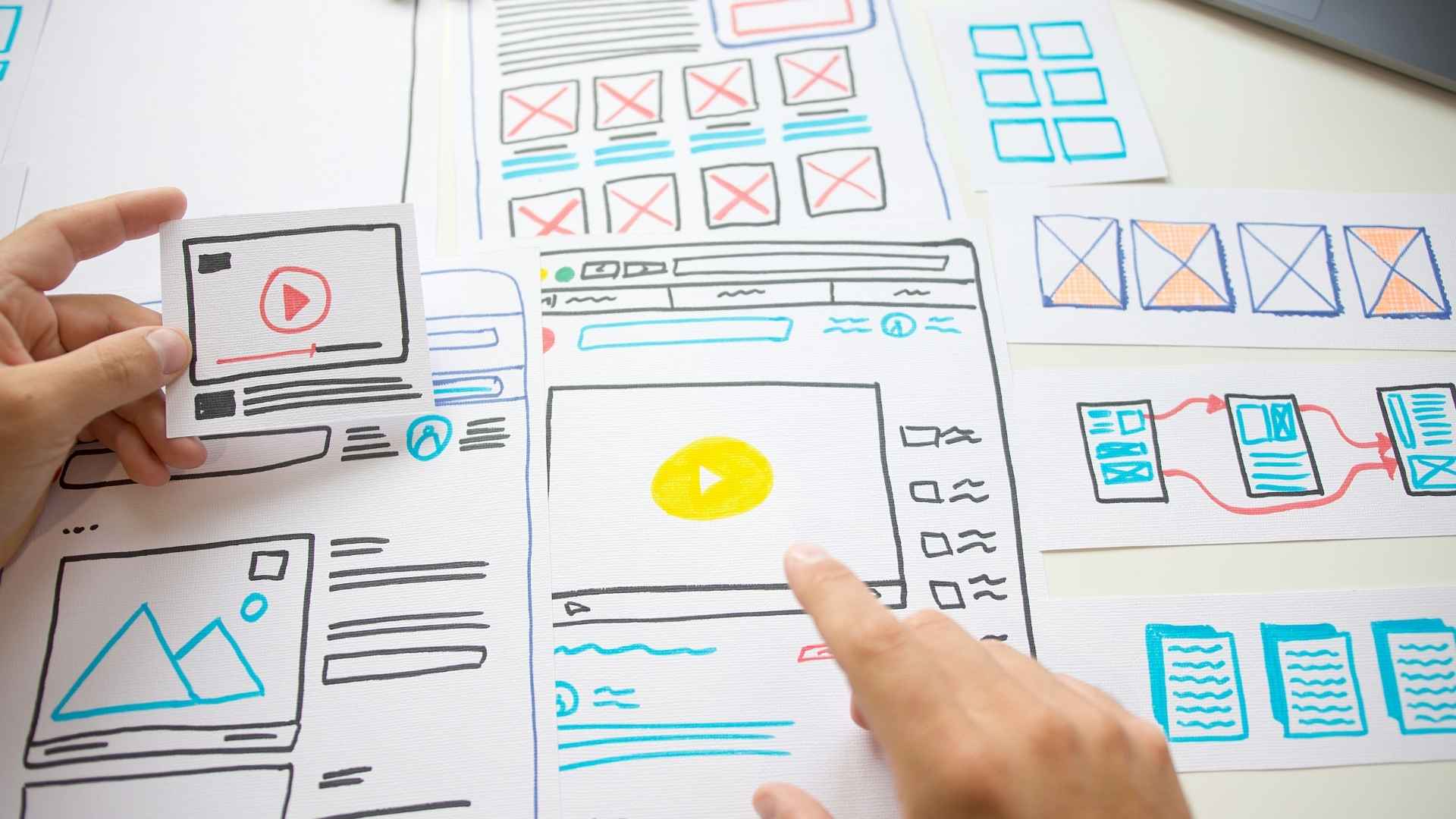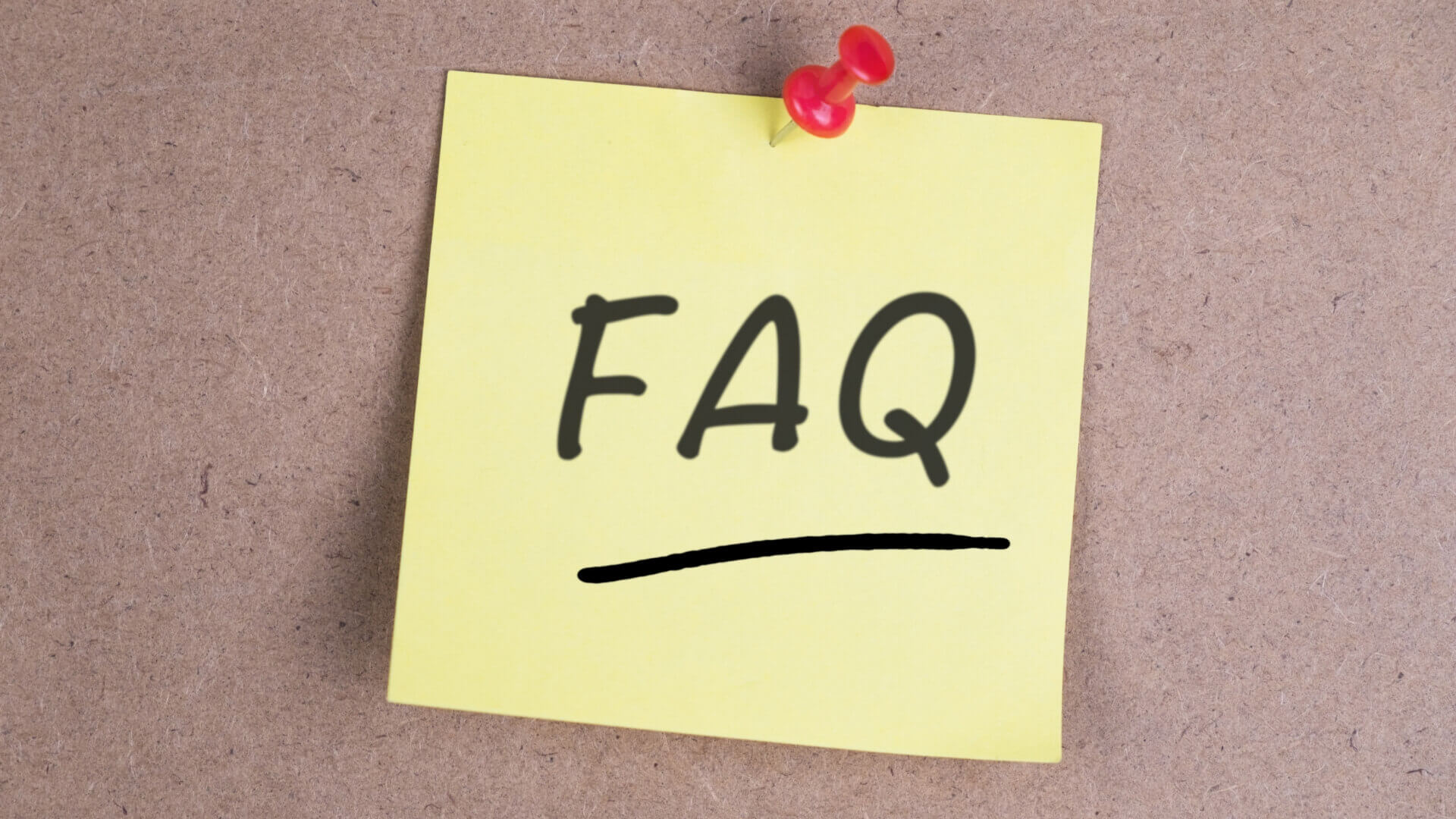Teams can recite the seven steps. Their homepages still underperform. The gap isn’t theory; it’s translation.
We learned this the hard way. After implementing StoryBrand “by the book” for our first few clients and seeing mediocre results, we realized the framework needs translation into specific homepage architecture. This playbook turns StoryBrand into a section-by-section homepage template with character counts, before/after copy, and KPIs: so you stop making the brand the hero, add a real plan, strengthen CTAs, and state the stakes without drama.
B2B service homepages fail because they make the brand the hero, skip the plan section entirely, use weak CTAs, or bury the stakes of inaction. This playbook shows you exactly how to fix each mistake with before/after examples and track whether it’s working through homepage conversion rate, qualified lead rate, and time to first click.
What StoryBrand gets right in 2025
Confused visitors don’t buy. StoryBrand’s seven elements still work in 2025, but they only move numbers when you treat them as page architecture, not philosophy. The original StoryBrand framework gives you seven elements to clarify your message. Knowing the elements and building a high-converting homepage are two different skills.
To be clear: we’re not proposing an alternative to StoryBrand. We’re showing you how to implement it on your homepage with specific sections, copy formulas, and character counts.”
After working with dozens of B2B service companies on this exact challenge, we’ve developed what we call the Homepage Translation Method: a systematic way to map StoryBrand’s seven elements onto eight specific homepage sections that actually convert. (Spoiler alert: The companies that see results treat this as a 15-20 hour strategic project, not a quick copy update.)
Where B2B service companies go wrong (with fixes that work)
Problem 1: The brand becomes the hero
Before: “We’re innovative leaders in digital transformation with 20 years of experience helping Fortune 500 companies modernize their technology stack.”
After: “Your legacy systems are holding back growth. We help you modernize without disrupting operations.”
Fix: Make the customer the subject of the first sentence. Use “you” in line one and name the outcome.

Problem 2: No plan section
Before: Homepage jumps from problems to testimonials with no clear path forward.
After: How we modernize your systems:
- Audit your current tech stack (Week 1)
- Design your migration roadmap (Weeks 2-3)
- Implement with minimal disruption (Weeks 4-12)
Fix: Add a 3-step “How we work” with realistic timeframes. Keep each step to 3-5 words plus a timeframe.
Problem 3: Weak CTAs that whisper instead of directing
Before: “Learn more” / “Get in touch” / “Contact us”
After: “Get your modernization roadmap” / “Book your tech audit” / “Start your transformation”
Fix: Every CTA must complete “I want to…” and name a concrete deliverable.
Problem 4: Stakes vanish into feel-good messaging
Before: “Join thousands of satisfied customers on their journey to success.”
After: “While you delay, competitors are automating processes you’re still doing manually. Every month you wait means more manual work that could be automated.”
Fix: State specific consequences of delay (hours wasted, slower response, churn risk). Skip abstractions.
Problem 5: Everything above the fold is vague
Before: “Transforming businesses through innovative solutions and strategic partnerships for sustainable growth.”
After: “Cut operational costs with intelligent automation. We help mid-market manufacturers modernize without disrupting production.”
Fix: 3-second test: what you do, who it’s for, and the outcome: visible above the fold.


The B2B homepage wireframe tied to StoryBrand
Here’s how to map StoryBrand’s seven elements into eight homepage sections that convert. Each section includes character count targets based on optimal reading patterns.
Section 1: Hero (Character + Problem + CTA)
Goal: Answer “What do you do and why should I care?” in under 3 seconds
Copy formula:
- Headline: 12-14 words stating the outcome + who you serve
- Subheadline: 15-20 words expanding on the problem you solve
- Primary CTA: Action verb + specific outcome (3-4 words)
Example A (IT services):
- Headline: “Stop losing deals to faster competitors. We modernize your sales tech stack.”
- Subhead: “Turn your 15-tab process into one system reps actually use.”
- CTA: “Get your tech audit”
Example B (B2B consulting):
- Headline: “Cut project backlog without adding headcount. We redesign your ops workflow.”
- Subhead: “Remove bottlenecks in intake, handoffs, and QA so projects ship on time.”
- CTA: “Book a workflow review”
Section 2: Value prop trio (Problems → Outcomes)
Goal: Show you understand their three levels of problems
Copy formula:
- External problem: The tactical issue (what’s broken)
- Internal problem: How it makes them feel (specific emotion)
- Philosophical problem: Why it’s wrong (the injustice)
Example:
- External: “Your CRM takes 12 clicks to log a single activity”
- Internal: “You’re stuck doing admin instead of leading the team”
- Philosophical: “Great salespeople shouldn’t waste time on bad software”
Section 3: Guide proof (Empathy + Authority)
Goal: Establish credibility without making it about you
Copy formula:
- Credential strip: 3-4 trust indicators
- “We get it” bullets: 2 specific frustrations you understand
- Proof points: 3 specific capabilities or results
Example:
- Google Partner
- HubSpot Elite
- 12+ years shipping complex rollouts
We get it:
- You’ve been burned by consultants who disappeared after implementation
- Your team is resistant because the last “upgrade” made things worse
Our track record:
- Successful CRM migrations with data fully preserved
- Significant reduction in sales admin time
- Fast average response time for support tickets

Section 4: The Plan (3 simple steps)
Goal: Make the path forward feel manageable
Copy formula:
- Step 1: Discovery action → Timeline
- Step 2: Strategy action → Timeline
- Step 3: Implementation action → Timeline
Example:
- Tech audit call → Map your current tools and gaps (Day 1)
- Build your roadmap → Design your unified tech stack (Week 1)
- Migrate and train → Launch with full team adoption (Weeks 2-8)
Reality check: Expect 8-12 weeks including change management. Budget 15-20 internal hours for adoption. That’s the work that makes results stick.
Section 5: Stakes section
Goal: Create urgency without false scarcity
Copy formula: “What happens if you don’t act:” followed by 3 specific consequences
Example (Tech services): What happens if you don’t modernize:
- Your sales team wastes hours daily on manual data entry
- Competitors with modern tech stacks respond to leads faster
- Your best reps leave for companies with better tools
Example (Professional services): What happens if you don’t streamline:
- Projects stay stuck in endless review cycles
- Your best clients defect to firms that answer faster and deliver clearer status
- Your team burns out from preventable rework
Section 6: Social proof carousel
Goal: Provide evidence without overwhelming
Format:
- 5-6 client logos
- 1 specific result statement
Example:
- Helping B2B companies modernize their operations
- [Company # 1 Logo], [Company # 2 Logo], [Company # 3 Logo]
- Clear plans and specific CTAs consistently shorten lead response times
Section 7: Transitional CTA
Goal: Capture visitors not ready for direct contact
Copy formula: “Download our [specific guide]” that solves one piece of their problem
Example: “Download our CRM Migration Checklist: 27 questions to ask before switching systems”
Section 8: Final CTA band
Goal: Last chance to convert
Copy formula:
- Headline: Restate the transformation
- Subhead: Remind them of the stakes
- CTA: Same as primary CTA for consistency
Example:
- “Ready to stop losing deals to faster competitors?”
- “Every week you wait widens the gap.”
- “Get your tech audit”


When not to use StoryBrand alone
Rule of thumb: If buyers need side-by-side evaluation or new-category education, pair StoryBrand with JTBD pages and deep comparison assets.
Complex products with multiple stakeholders
If you sell to buying committees where IT, Finance, and Operations all have veto power, you need Jobs-to-be-Done style pages that address each stakeholder’s specific concerns.
Genuinely novel offers
If you’re creating a new category or your solution doesn’t map to existing problems, you need education-first content that builds problem awareness before StoryBrand can work.
Comparison-driven purchases
When buyers are comparing 5+ similar solutions, you need detailed comparison content, calculators, and ROI tools alongside your StoryBrand narrative.
The hybrid approach: Keep StoryBrand as your homepage north star, but build supporting pages that address complexity. Your homepage creates clarity. Your supporting pages provide depth.
How to prove it worked (KPIs and measurement cadence)
Track these metrics to know if your StoryBrand implementation is working:
Baseline metrics (Day 0)
Record:
- Homepage conversion rate (form fills / unique visitors)
- Qualified lead rate (qualified leads / total leads)
- Time to first click
- Scroll depth
Day 14 checkpoint
A/B test the hero headline and primary CTA
Day 30 checkpoint
Compare CVR and qualified lead rate. Scan heatmaps for plan/CTA engagement.
Day 60 checkpoint
Review sales feedback on lead quality. Check close rate for homepage-sourced leads.
Expectation setting: Conversion lifts often show by Day 30. Lead quality trends emerge by 60-90 days.
For detailed measurement strategies, see our guides on conversion rate optimization and measuring redesign success.
The implementation reality check
This is a project, not a quick copy pass. Budget 15-20 focused hours for interviews, message alignment, copy, layout, and QA; the teams that treat it like a real project keep the gains.
The best implementations we’ve seen happen when companies assign a senior team member to own this, not delegate it to junior staff. Your homepage is too important for the intern. It’s your 24/7 sales rep that never takes a day off.
Your StoryBrand homepage checklist
Before launching your StoryBrand homepage, verify:
- Hero line uses “you” within first 7 words
- 3-second test passes (what, who, outcome are clear)
- Plan section shows exactly 3 steps
- Stakes section names specific consequences
- Two types of CTAs present (primary + transitional)
- Social proof shows specific results, not just logos
- Every section answers “what’s in it for me?”
- Headlines remain clear on small screens

Frequently asked questions
How long does it take to implement StoryBrand on a homepage?
4-6 weeks end-to-end: research (1-2), copy (1), design (1-2), build/test (1).
Can we implement StoryBrand without redesigning our entire website?
You can start with copy; the biggest lifts come when design and flow align with the message.
What if we serve multiple customer segments?
Aim the homepage at your primary segment and route others to dedicated pages.
How do we know if our StoryBrand implementation is working?
Track CVR, qualified-lead rate, and sales feedback; expect CVR movement by 30 days and lead-quality trends by 60-90.
Should we use StoryBrand for pages beyond the homepage?
Yes, adapted by page type (product = more detail, about = talk about you, blog = educate first).
What’s the biggest mistake companies make with StoryBrand?
Writing in company language instead of customer language; use phrases from real interviews.
Next steps for your StoryBrand homepage
You’ve got the template and the scorecard. The difference between companies that succeed with StoryBrand and those that don’t comes down to execution.
Here’s the thing: While you’re reading this, your competitors are either implementing it or ignoring it. The businesses winning right now understand that a homepage that converts is a permanent competitive advantage. The smart companies are pulling ahead by treating their homepage as a strategic asset, not a digital brochure.
If you want a second set of expert eyes on your implementation, let’s talk about your specific situation.









